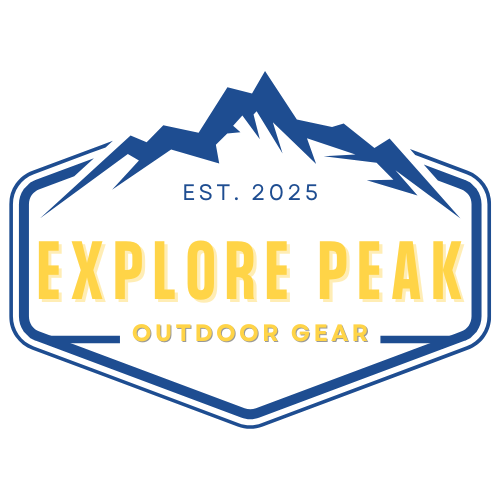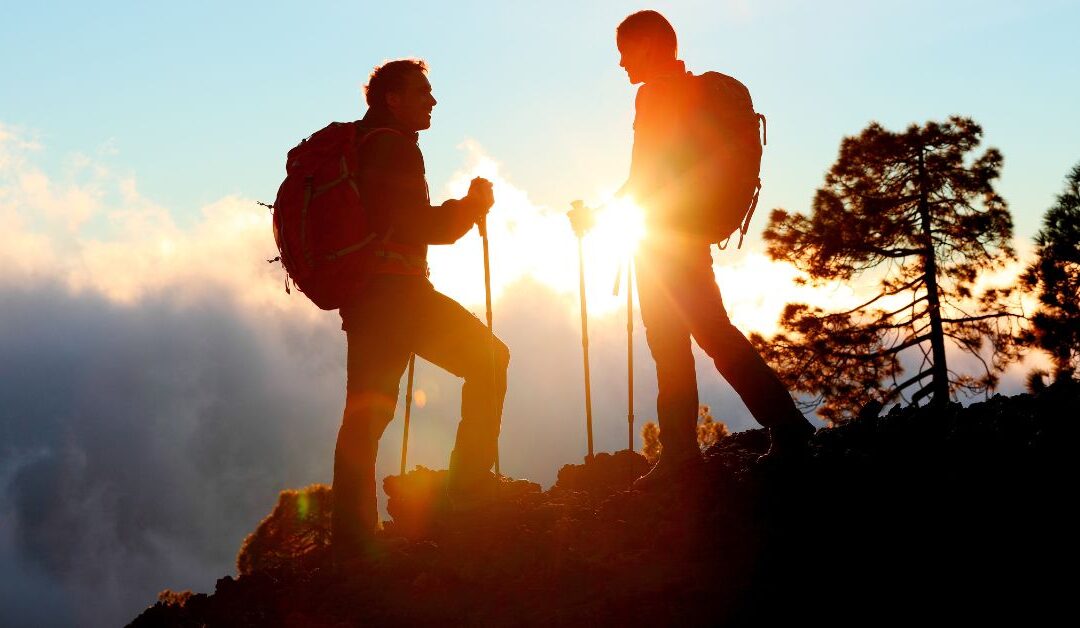The hiking world evolves fast. From ultralight materials to smart technology and sustainable design, 2025 brings an exciting wave of innovation for anyone who loves the trail. Whether you’re a dedicated mountaineer or a weekend hiker, understanding the latest hiking gear trends helps you make smarter, longer-lasting gear choices that enhance performance and comfort.
This article breaks down the biggest outdoor gear trends of 2025—what’s new, what’s worth investing in, and how to apply these changes to your own adventures.
Why 2025 Is a Turning Point for Outdoor Gear
The global outdoor equipment market continues to grow as more people rediscover the outdoors post-pandemic. Brands are racing to create lighter, stronger, and more sustainable camping equipment and hiking gear to meet demand.
Three major shifts define the year ahead:
- Sustainability with performance – eco-friendly doesn’t mean weaker anymore.
- Smart modular systems – adaptable setups for hybrid adventurers (climbers, RVers, and trekkers).
- Tech integration – from solar power to GPS-ready fabrics.
Let’s look at how these trends are transforming every part of your gear list.
Trend 1: Smarter, Lighter Materials in Hiking Gear
Manufacturers are pushing the boundaries of materials science. Expect fabrics that are lighter yet more durable than ever before.
- Ultralight composites: Materials like Dyneema and Robic nylon now appear in tents, backpacks & bags, and tarps. They’re stronger than steel by weight.
- Recycled textiles: Companies are producing clothing & outerwear made from recycled coffee grounds, ocean plastics, and repurposed polyester blends.
- Waterproof innovation: PFAS-free coatings now rival the durability of older chemicals, offering eco-friendly weather protection.
Tip: When buying, check the gear label for RDS-certified down, bluesign® fabrics, or “PFAS-free” tags—these ensure performance and ethical sourcing.
Trend 2: Modular Backpacks & Bags for Multi-Use Adventures
One of the biggest breakthroughs of 2025 is modular design. Hikers and mountaineers no longer want to buy separate packs for each activity—they want one adaptable system.
Look for backpacks & bags that let you:
- Swap compartments (e.g., attachable daypacks).
- Adjust frame support for lighter or heavier loads.
- Integrate hydration sleeves or tech pockets.
A perfect example of this design philosophy is the Men’s Tactical Chest Bag. Compact yet versatile, it keeps essentials—phone, GPS, first-aid kit—right on your chest for quick access. Hikers love it for its tactical organization and comfort during long treks or climbs.
Pairing this type of bag with a modular hiking pack gives you an ultra-efficient loadout that’s adaptable for both summit pushes and basecamp days.
Trend 3: Tech-Integrated Hiking Gear
Technology has officially entered the backcountry.
- GPS-integrated watches with solar charging reduce dependence on batteries.
- Navigation & survival devices like satellite messengers are now palm-sized and affordable.
- Smart clothing—jackets that monitor temperature and moisture—are entering mainstream markets.
- Cooking & camp kitchen gear now features compact, rechargeable induction systems for zero-emission cooking.
Even outdoor footwear is becoming “smart.” Some 2025 trail shoes offer adaptive soles that stiffen or flex based on terrain conditions, minimizing fatigue.
Tip: Always bring analog backups like a paper map and compass; tech is a supplement, not a replacement.
Trend 4: Comfort Meets Sustainability in Clothing & Outerwear
Eco-conscious design is no longer optional—it’s standard. Modern hikers expect their clothing & outerwear to perform under pressure while reducing environmental impact.
- Merino wool hybrids balance breathability with odor resistance.
- Recycled down insulation maintains warmth without virgin materials.
- Temperature-regulating base layers help manage sweat and prevent overheating.
Layering remains the cornerstone of outdoor comfort. Combine lightweight synthetics with a waterproof shell and insulating mid-layer to handle shifting mountain climates.
Trend 5: Smarter Shelter & Sleeping Gear
For those tackling multi-day treks or basecamp setups, shelter & sleeping gear is getting major upgrades.
- Inflatable tents with carbon poles save setup time and resist high winds.
- Sleeping bags with body-mapped insulation keep warmth where you need it most.
- Sleeping pads now use recycled TPU and integrate built-in pumps to reduce effort.
If you’re upgrading your camping equipment, aim for compact systems that balance packability with durability—especially for long treks.
Five Expert Tips for Adopting 2025 Gear Trends
- Research before buying: Don’t get caught in marketing hype. Check verified user reviews and field tests.
- Balance new tech with proven reliability: Bring both smart and manual tools.
- Prioritize modularity: Multi-use gear saves money and weight.
- Invest in comfort-first design: Lighter isn’t always better—test fit and ergonomics.
- Keep your system updated annually: Replace critical gear (like footwear, filters, and ropes) on a maintenance schedule.
2025 marks a new era of hiking gear innovation—lighter, smarter, and more sustainable. Whether it’s high-tech clothing & outerwear, advanced navigation & survival tools, or compact camping equipment, the outdoor industry is evolving fast to meet the demands of modern explorers.
If you’re upgrading your pack this year, start with a modular essential like the Men’s Tactical Chest Bag—a rugged, functional piece that complements any hiking setup.
Ready to stay ahead of the curve? Visit ExplorePeakOutdoorGear.com/shop for the latest in outdoor innovation and subscribe to our newsletter for gear updates, field reviews, and seasonal deals.

